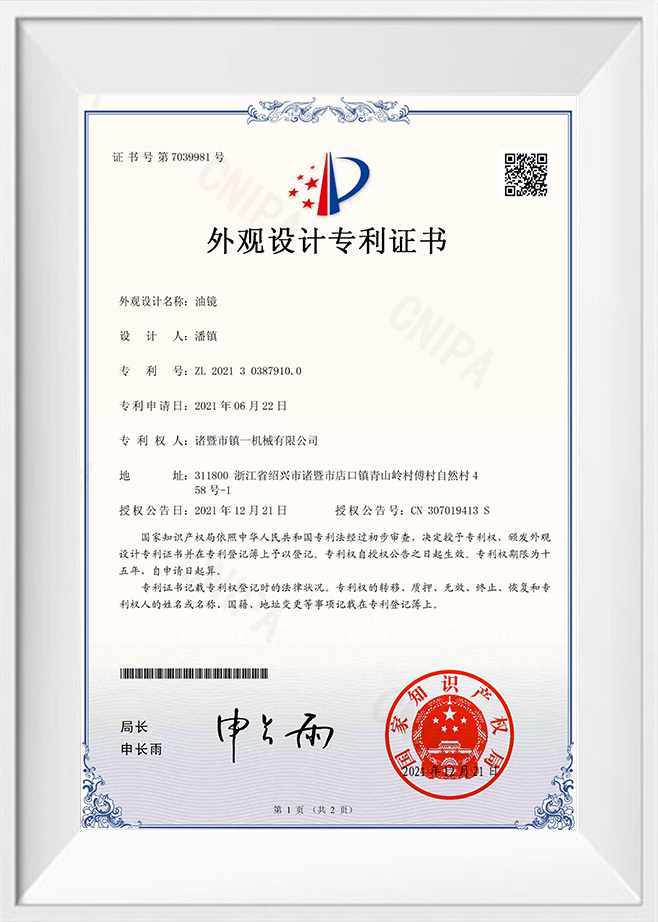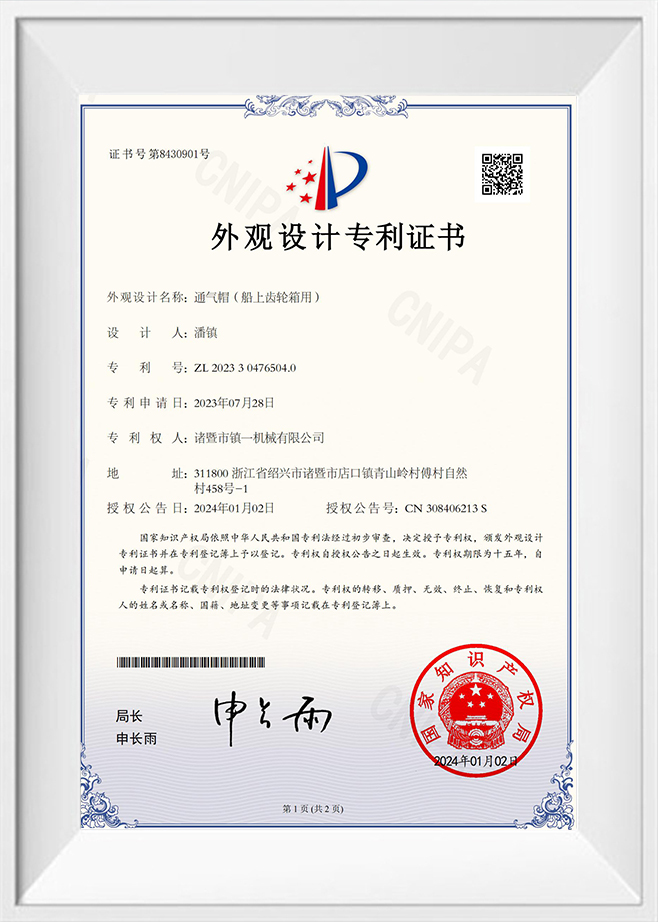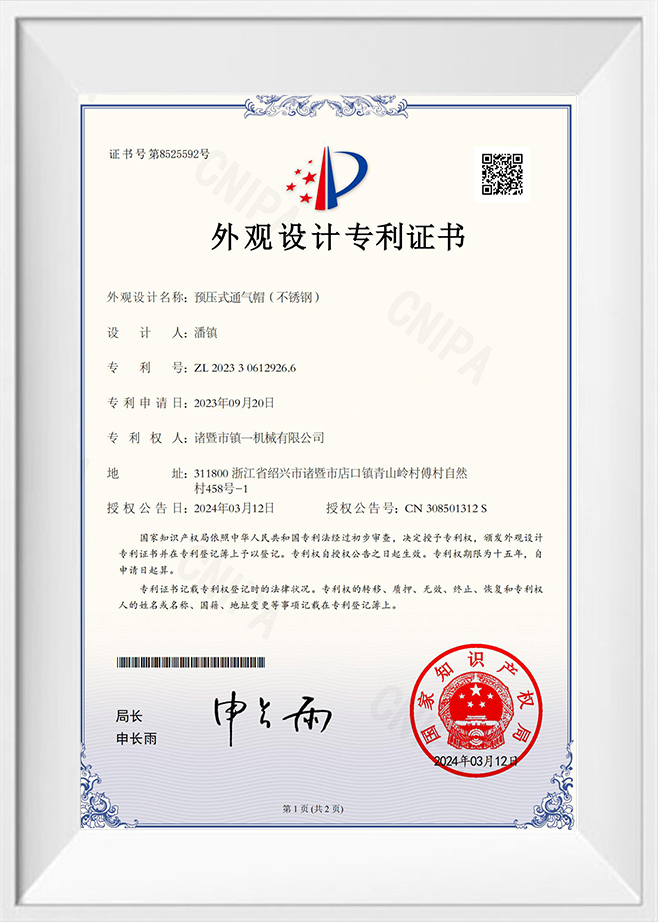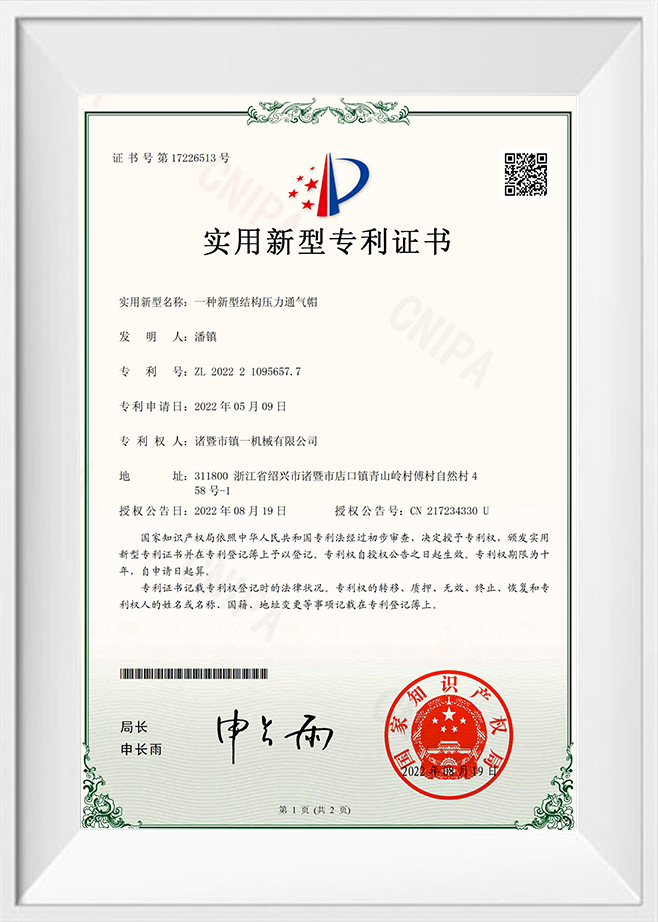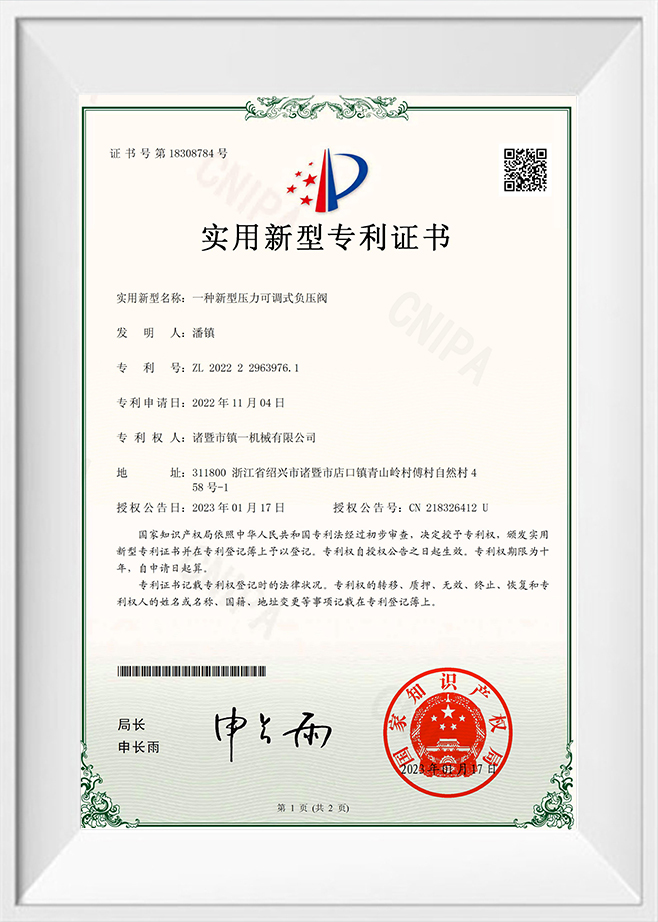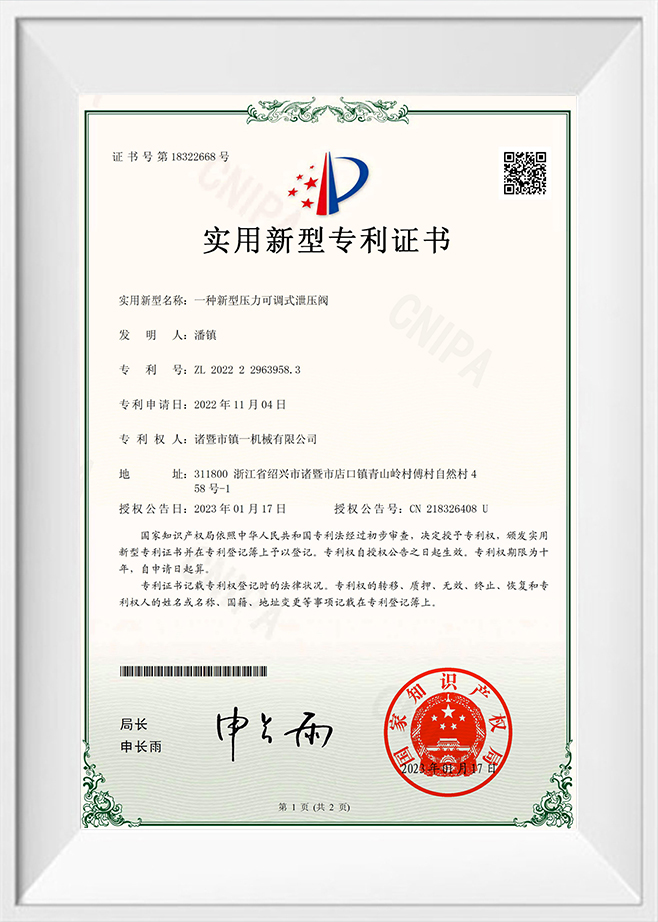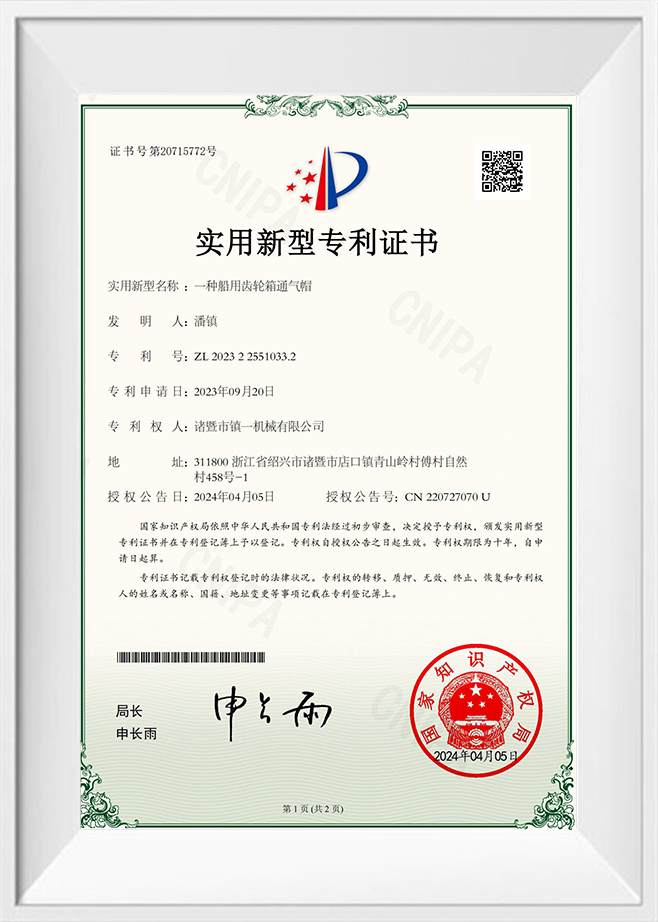In modern industry and daily life, many devices and systems need to operate under high pressure. From large steam boilers to liquefied petroleum gas tankers around us, the consequences of uncontrolled...
READ MOREBrass Oil Cup Supplier
information to be updated
information to be updated
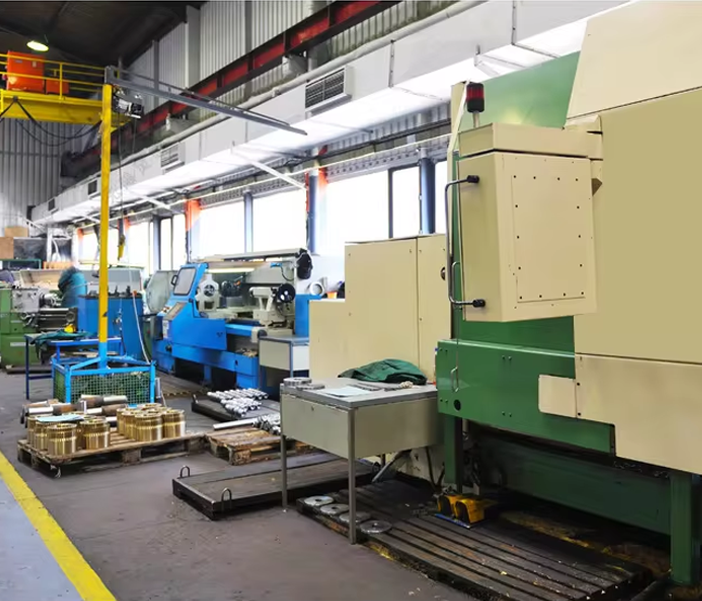
-
-
Maintaining an appropriate oil level is crucial for ensuring stable operation and extending the service life of various mechanical equipment. An oil level sight glass (as an oil level observation devi...
READ MORE -
In the chemical, petroleum, natural gas, and electronic educational equipment, conference equipment, and other fields, the safety of storage tanks is paramount. Breather valves (or venting valves) pla...
READ MORE -
The breather valve, a crucial component of a storage tank or container safety system, primarily protects the tank from damage caused by overpressure or vacuum. However, any mechanical equipment can ma...
READ MORE
The brass oil cup is an indispensable lubrication component in the hydraulic transmission system. It is specially designed for the cylinder seat. It aims to ensure the smooth operation and minimize the long-term wear between the moving parts inside the cylinder (such as the piston rod and the cylinder sleeve) by accurately controlling the supply of lubricating oil. In the hydraulic system, the cylinder is an actuator, and its performance directly affects the efficiency and stability of the entire system. Therefore, the correct selection and use of the brass oil cup is of great significance for maintaining the efficient and stable operation of the hydraulic system.
Brass is a high-quality alloy material. With its excellent corrosion resistance, wear resistance and good processing performance, it has become an ideal choice for manufacturing oil cups. Brass can effectively resist the erosion of chemicals in the lubricating oil and keep the oil pure. At the same time, its good thermal conductivity helps to dissipate heat and reduce the accumulation of heat caused by friction. The precise thread or buckle design, combined with high-quality sealing gaskets, ensures the tight connection between the oil cup and the cylinder seat, effectively prevents the leakage of lubricating oil, maintains the stability of the oil pressure in the system, and avoids the problem of insufficient lubrication caused by oil loss.
The brass oil cup is usually composed of a cup body, an oil hole (or oil outlet), a sealing gasket, and possible adjustment screws. The inside of the cup body is used to store lubricating oil, and the oil hole is designed to allow the oil to flow out smoothly and control the flow rate to ensure continuous and appropriate lubrication. During the operation of the cylinder, as the piston rod reciprocates, the lubricating oil in the oil cup is slowly released into the groove of the copper sleeve in the cylinder seat through the oil hole under the action of gravity or system pressure, forming a thin lubricating film. This lubricating film can effectively reduce the direct contact between metal parts, reduce the friction coefficient, reduce wear, and take away the heat generated by friction to maintain the stability of the system temperature.
Due to the superiority of its material, the brass oil cup has extremely high durability and fatigue resistance, reducing the maintenance cost and time loss caused by frequent replacement. The precise lubrication control mechanism ensures the effective distribution of oil in key parts, improves the working efficiency of the cylinder, and extends the service life of the equipment. Whether it is heavy engineering machinery, precision machine tools, or agricultural machinery and equipment, the brass oil cup can be perfectly adapted to meet the lubrication needs in different application scenarios.

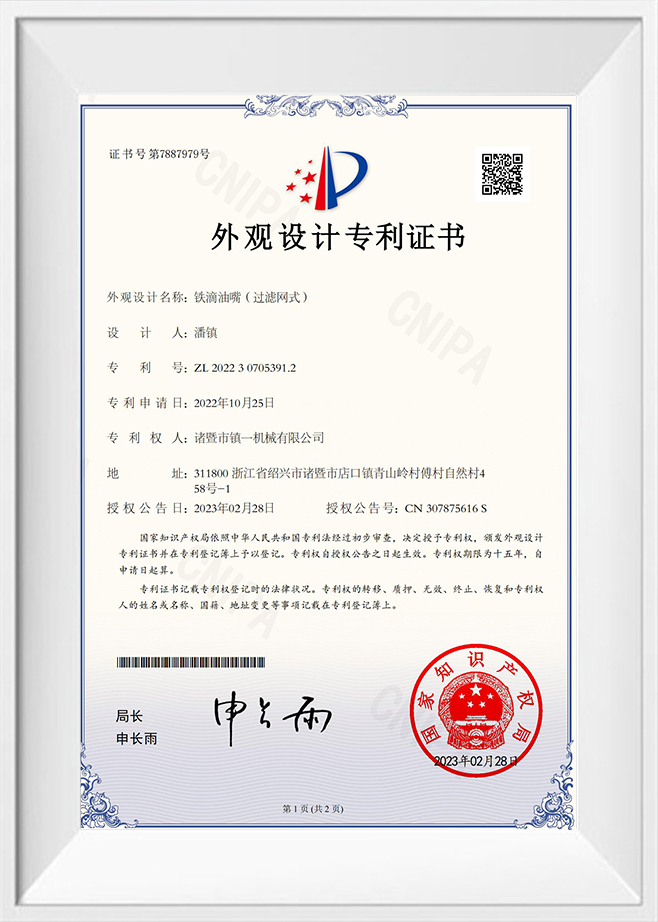
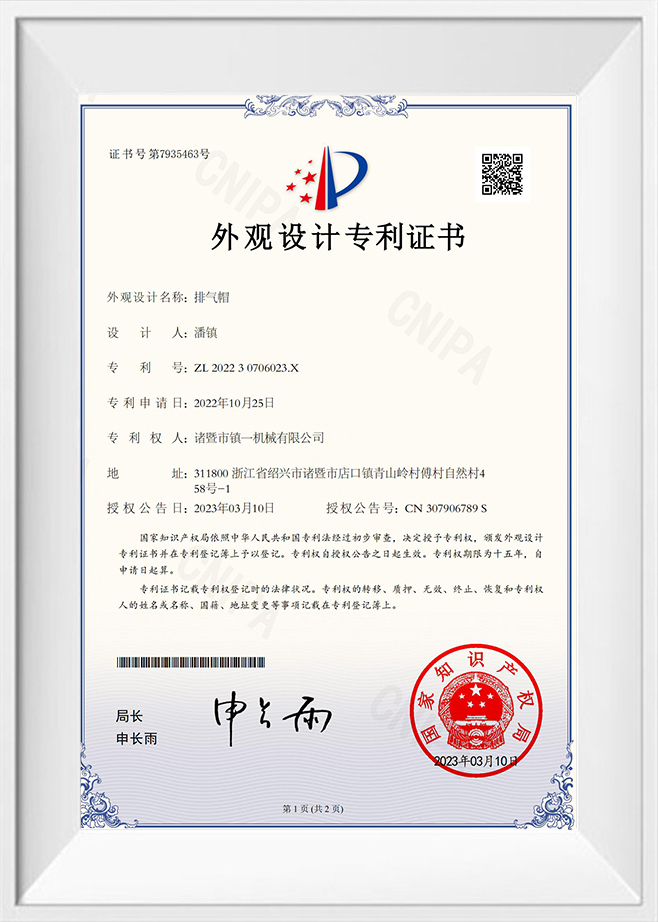
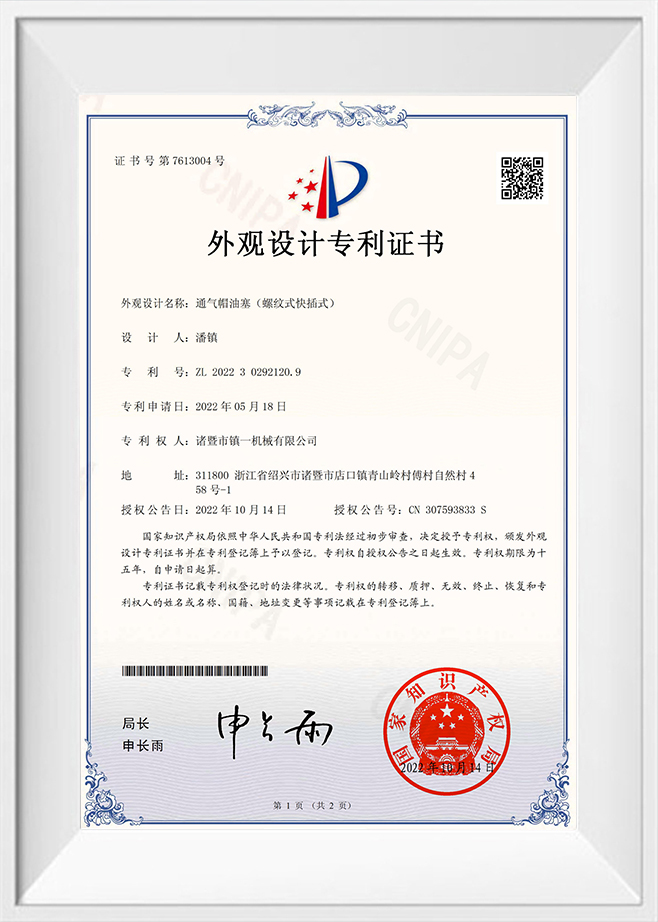
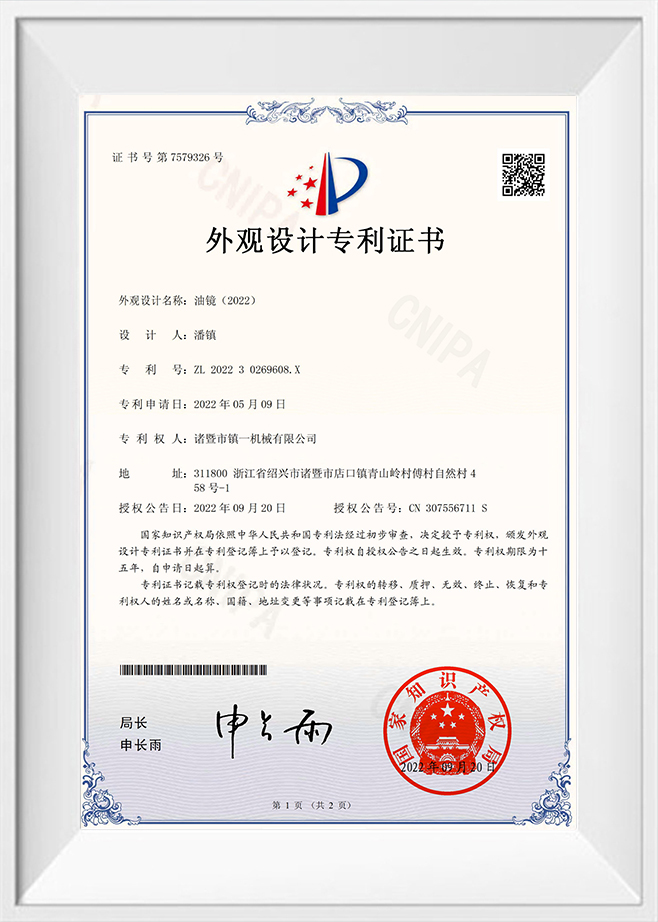
.jpg)
